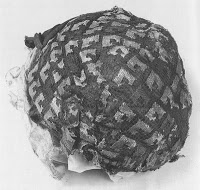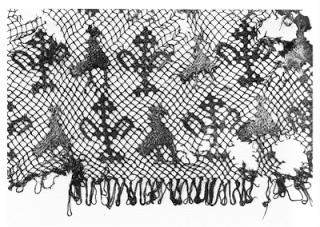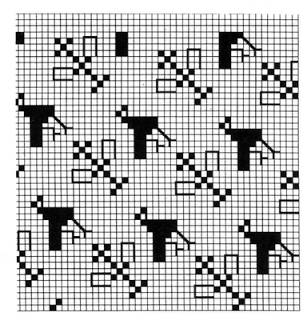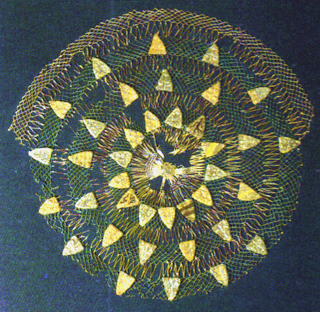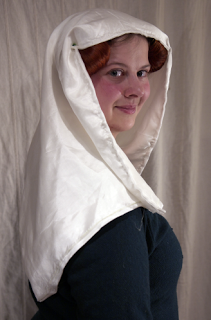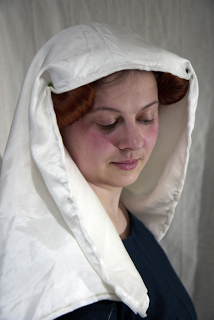Somehow I wonder if I don't have an Anti-House-Elf in my workspace. Or is it really only myself who drops the letters, papers and books on my desk to "file them later"?
The start of the season is coming nearer at fast pace, and I have a bunch of things I still need to get ready and into good order, in both the textile and the text fields of my work. I have started work on a new dress ensemble - the fabric is having a good time in the washing machine at the moment - and I hope to make the first cut into the cloth tomorrow. Another piece of cloth was sent off yesterday for dyeing: I'm in the process of switching to historically dyed fabrics, though I still have a large stash of synthetically dyed textiles, and I will use those too. The weaves are appropriate for garments, after all, and a lot of money went into the stash over the years. Also, having the textiles dyed does cost extra, and not everybody is willing to pay for the cloth, the dyeing and the tailoring. Which is a pity - because if lots of people were as keen on medievally tailored, hand-sewn garments from cloth dyed with natural colours, both my trusted dyer and me would have a better chance of getting rich one day!
The start of the season is coming nearer at fast pace, and I have a bunch of things I still need to get ready and into good order, in both the textile and the text fields of my work. I have started work on a new dress ensemble - the fabric is having a good time in the washing machine at the moment - and I hope to make the first cut into the cloth tomorrow. Another piece of cloth was sent off yesterday for dyeing: I'm in the process of switching to historically dyed fabrics, though I still have a large stash of synthetically dyed textiles, and I will use those too. The weaves are appropriate for garments, after all, and a lot of money went into the stash over the years. Also, having the textiles dyed does cost extra, and not everybody is willing to pay for the cloth, the dyeing and the tailoring. Which is a pity - because if lots of people were as keen on medievally tailored, hand-sewn garments from cloth dyed with natural colours, both my trusted dyer and me would have a better chance of getting rich one day!




